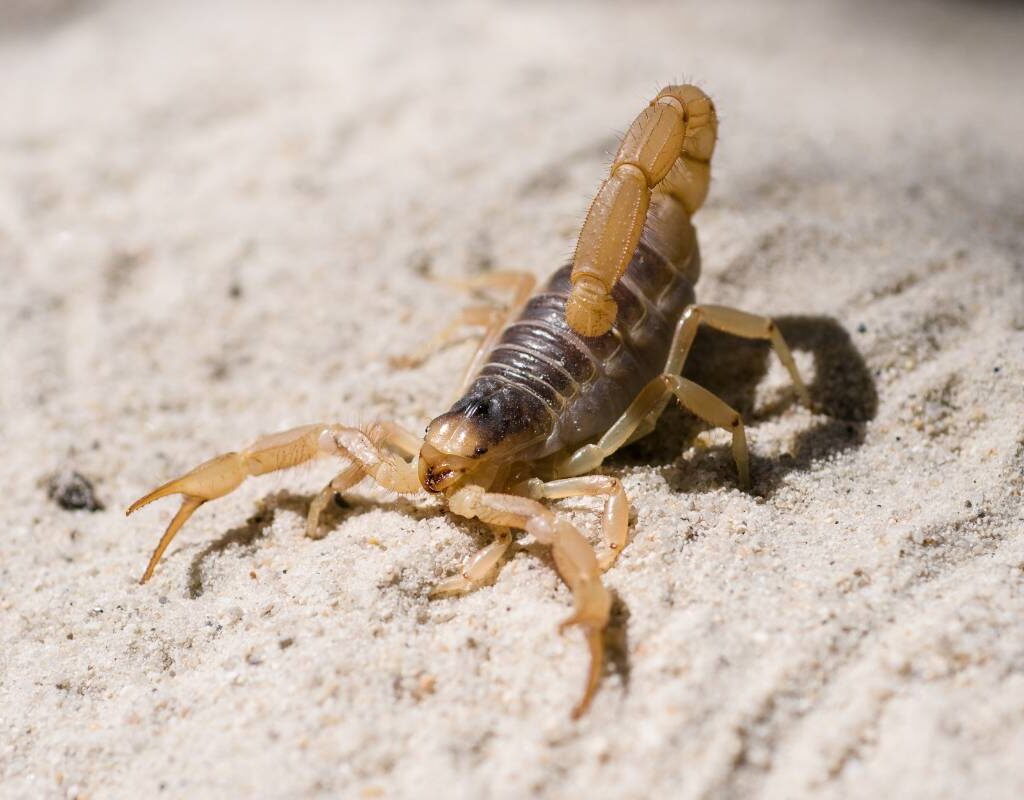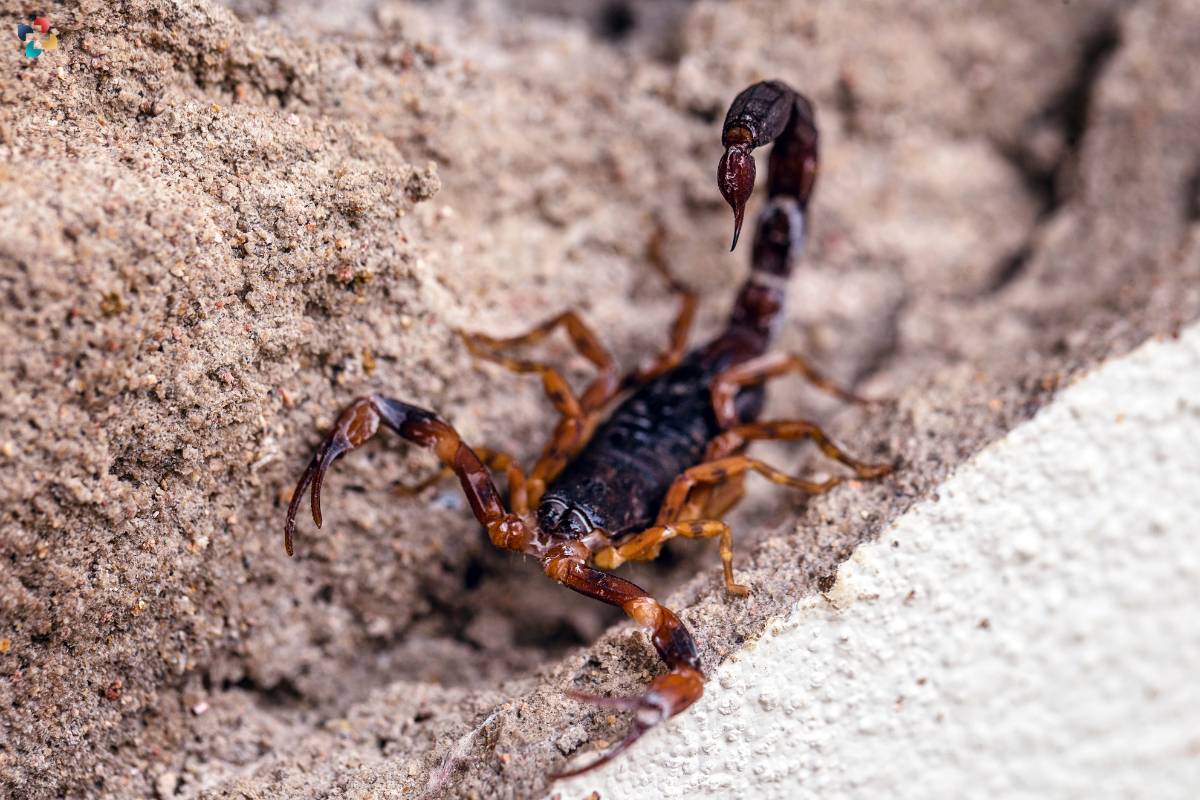Many people all throughout the world are both fascinated and afraid by the stings of scorpions. Because of their strong venom and frightening look, these arachnids have given rise to many tales and beliefs over time. We will explore the topic of scorpion stings in this post, dispelling myths and emphasizing the pertinent information to give you a better understanding of these animals and the potentially harmful situations they can cause.
Here are 10 Myths and Facts About Scorpion Stings:
Myth 1: All Scorpions Are Lethal
One of the most prevalent myths surrounding scorpion stings is the belief that all scorpions are lethal and their stings can cause immediate death. In reality, the vast majority of scorpion species are not dangerous to humans. While some species possess venom that can be harmful, only a few have venom potent enough to be considered medically significant.
Fact 1: Venom Potency Varies
Scorpions have developed venom for predation and self-defense. The potency of their venom varies greatly among species. Most scorpion stings result in localized pain, swelling, and discomfort, while a few species, such as the Arizona bark scorpion, have venom that can cause more severe reactions, especially in young children or individuals with underlying health conditions.
Myth 2: Scorpions Are Aggressive and Seek Out Humans to Sting
Another common myth is that scorpions are aggressive creatures actively seeking out humans to sting. In reality, scorpions are typically reclusive and avoid human contact whenever possible. They tend to sting in self-defense when they feel threatened.

Fact 2: Defensive Behavior
Scorpions may sting when they perceive a threat, such as being stepped on, squeezed, or trapped. Additionally, they may sting when they are trying to capture prey. Generally, they do not actively seek out humans to sting.
Myth 3: All Scorpion Stings Are Deadly
The misconception that all scorpion stings are deadly is widespread. While some scorpion stings can be life-threatening, the majority of scorpion stings are not fatal, and many are not even considered severe.
Fact 3: Severity Varies
The severity of a scorpion sting depends on several factors, including the species of scorpion, the age and overall health of the person stung, and the amount of venom injected. Most scorpion stings result in local pain, redness, and swelling, and these symptoms usually resolve on their own.
Myth 4: You Should Cut the Sting Area or Suck out the venom
There is a pervasive myth that suggests cutting the sting area and attempting to suck out the venom to mitigate the effects of a scorpion sting. However, this is not an effective or recommended approach for treating scorpion stings.
Fact 4: Do Not Cut or Suck
Cutting the sting area can increase the risk of infection, and attempting to suck out the venom is unlikely to be successful. The best course of action is to clean the wound and seek medical attention, especially if the sting is from a potentially dangerous species.
Myth 5: Scorpion Venom Causes Immediate Death
Scorpion stings are often associated with the belief that they cause immediate death. While scorpion venom can be potent and lead to severe reactions, fatalities are relatively rare, and prompt medical treatment can prevent serious complications.
Fact 5: Rapid Intervention Is Key
The key to preventing severe scorpion sting outcomes is receiving prompt medical care. Symptoms can escalate quickly, so it is essential to seek medical attention if you or someone you know is stung by a scorpion, especially if the species is known to be dangerous.
Myth 6: All Scorpions Look the Same
A common misconception is that all scorpions have the same appearance. In reality, there are over 2,000 known species of scorpions, and they exhibit a wide range of shapes, colors, and sizes.

Fact 6: Diverse Appearance
Scorpions come in various shapes and colors, with differences in body size, tail length, and venom apparatus. While some scorpions are large and dark in color, others are small and light. It is crucial to be aware of the specific species in your region and their characteristics to better understand the potential risks associated with their stings.
Myth 7: Home Remedies Are Effective for Scorpion Stings
Numerous home remedies and traditional practices have been suggested for treating scorpion stings. These range from applying ice and local herbs to using tourniquets or electric shocks. However, many of these remedies have little to no scientific basis and can even worsen the situation.
Fact 7: Seek Professional Medical Care
The most effective and safe approach for treating a scorpion sting is to seek professional medical care. Medical professionals can evaluate the severity of the sting and administer appropriate treatment, such as pain relief and antivenom, if necessary.
Myth 8: Scorpions Are Insects
A prevalent myth is that scorpions are insects, like ants or bees. In reality, scorpions belong to the arachnid class, which includes spiders and ticks. They have eight legs, two main body parts (the cephalothorax and abdomen), and a long, segmented tail with a venomous stinger.
Fact 8: Arachnids, Not Insects
Scorpions are classified as arachnids, making them more closely related to spiders than to insects. Understanding their arachnid nature helps in accurately identifying them and distinguishing them from insects.
Myth 9: Scorpions Are Found Everywhere
While scorpions are commonly associated with arid and desert regions, it is a misconception to think that they are found everywhere in the world. Scorpions have distinct geographic distributions and are more prevalent in certain areas than in others.
Fact 9: Geographic Variability
Scorpions are found in diverse habitats around the world, but their distribution is not universal. They are more common in arid, warm regions and less prevalent in colder or more humid environments. Understanding their geographic range is important for assessing the potential risk of scorpion stings in a specific area.
Myth 10: All Scorpions Glow in the Dark
A popular myth is that all scorpions glow in the dark when exposed to ultraviolet (UV) light. While it is true that many scorpions exhibit fluorescence under UV light, not all scorpion species have this characteristic.

Fact 10: Fluorescence in Some Species
Scorpion fluorescence is caused by the presence of certain compounds in their exoskeleton. It is more commonly observed in species living in specific regions, and not all scorpions exhibit this behavior. Fluorescence can be an interesting way to identify scorpions in the wild but should not be relied upon as the sole method of detection.
Conclusion
For millennia, myths and misconceptions have surrounded scorpion stings. We can learn more about these arachnids and the possible dangers of their stings by distinguishing reality from fantasy. Although scorpion stings can cause pain and pose a risk, they are not always fatal as some myths would have us believe. In addition to guaranteeing that people receive the proper medical attention when needed, proper education and awareness are crucial for reducing the risks related to scorpions and their stings.
Also Read: 7 Myths and Facts about Epilepsy











